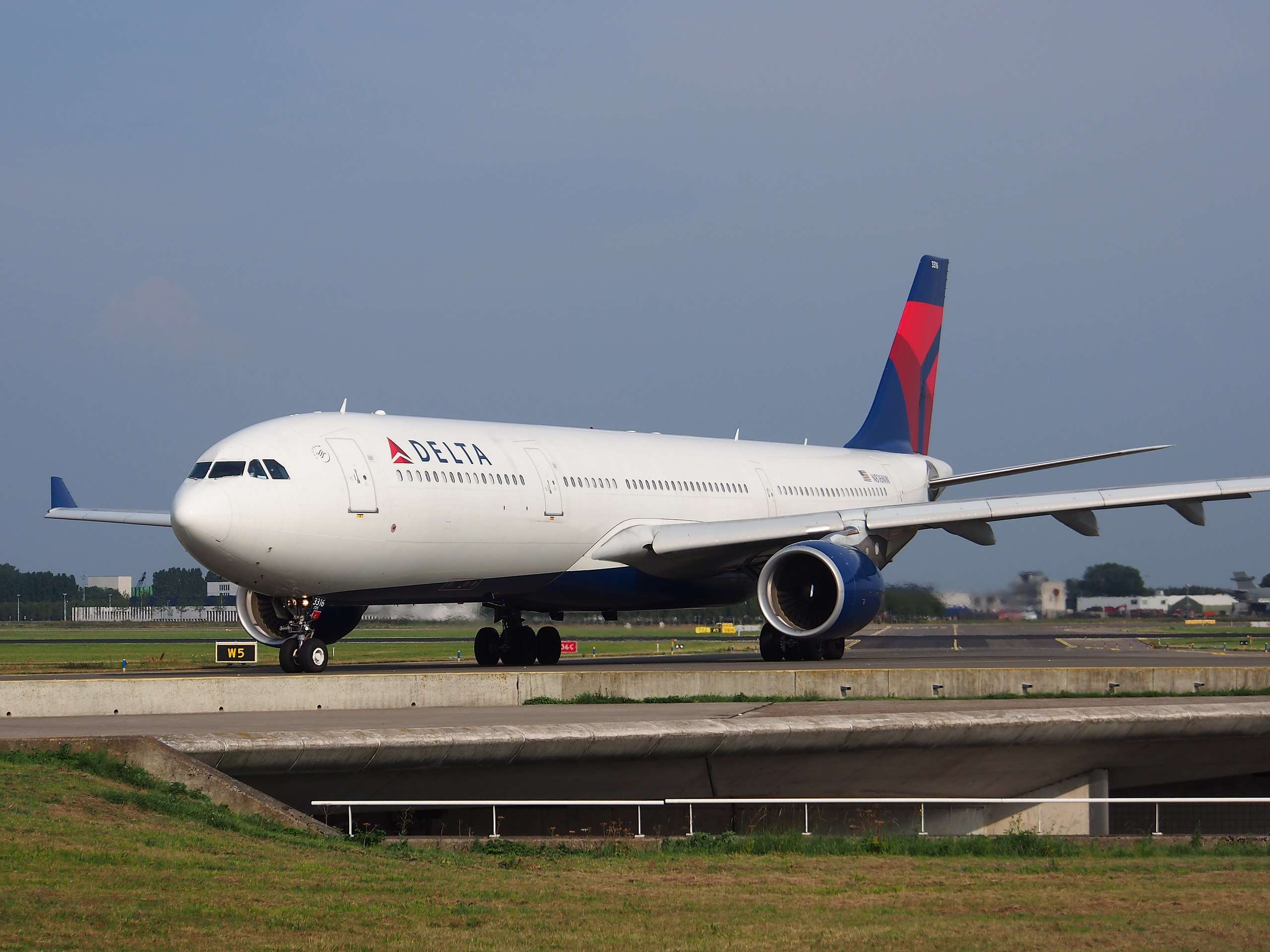The Bill and Hillary Clinton National Airport (LIT), situated on the eastern edge of Little Rock, Arkansas, boasts a rich history intertwined with the evolution of air travel.
Originally a military airfield, it has transformed into the state’s largest commercial airport, serving as a critical transportation link for Arkansas and beyond.
This article explores the fascinating journey of this airport, from its humble beginnings as Adams Field to its current status as a national airport named after a prominent Arkansan couple.
Early Days: The Rise of Adams Field (1920s-1940s)
The story of Bill and Hillary Clinton National Airport begins in the 1920s, a period marked by the burgeoning aviation industry.
In 1921, a local businessman, John G. Adams, envisioned a dedicated airfield for Little Rock.
He secured a land lease and established what would be known as Adams Field. Initially, the field served as a landing strip for barnstormers and private planes.
However, the potential for commercial air travel became increasingly evident.
A significant turning point arrived in 1931 when American Airlines made Adams Field its first official stop in Arkansas.
This inaugurated a new era for the airfield, attracting other airlines and solidifying its role as a commercial air hub.
Throughout the 1930s and 1940s, Adams Field witnessed steady growth, with passenger numbers rising and infrastructure improvements taking place.
Notably, the construction of the first terminal building in 1937 marked a significant advancement.
World War II significantly impacted Adams Field. The United States Air Force recognized its strategic location and utilized it for anti-submarine patrols and pilot training.
This period saw the expansion of runways and other facilities to accommodate military needs.
While the war brought challenges, it also spurred infrastructure development at the airport, paving the way for its future expansion.
Post-War Growth and Modernization (1950s-1990s)
Following the war, Adams Field transitioned back to a primarily civilian facility.
The post-war economic boom and the rise of commercial air travel fueled significant growth at the airport.
The 1950s and 1960s witnessed a surge in passenger numbers, prompting the construction of a new terminal building in 1959 to accommodate the increasing demand.
Airlines like American, Eastern, and Braniff established regular routes, connecting Little Rock to various destinations across the United States.
The 1970s and 1980s saw continued modernization efforts at Adams Field.
Upgrades to the runway system, terminal facilities, and air traffic control infrastructure ensured efficient and safe operations.
Additionally, the deregulation of the airline industry in the late 1970s led to increased competition, resulting in more affordable fares and a wider range of destinations served by Adams Field.
A New Era: The Birth of Bill and Hillary Clinton National Airport (2000s-Present)

In 2008, a landmark decision was made to rename Adams Field in honor of Arkansas natives Bill Clinton, the 42nd President of the United States, and Hillary Clinton, former Secretary of State.
The new name, Bill and Hillary Clinton National Airport, reflected the airport’s importance to the state and paid tribute to a prominent Arkansan couple who had significantly impacted American politics.
The 21st century has brought continued growth and development to Bill and Hillary Clinton National Airport.
The terminal building underwent a major renovation project in the 2010s, expanding capacity and enhancing passenger amenities.
Today, the airport serves over 2.6 million passengers annually, offering nonstop service to over a dozen domestic destinations.
Airlines like American, Delta, Southwest, and United provide regular flights, connecting Arkansas to major hubs across the country.

Looking ahead, Bill and Hillary Clinton National Airport is poised for further development.
Plans are underway to expand the terminal building and improve ground transportation options.
As Arkansas’s aviation needs continue to evolve, the airport remains committed to providing a safe, efficient, and convenient travel experience for passengers.
Conclusion: A Legacy of Progress
The journey of Bill and Hillary Clinton National Airport in Arkansas exemplifies the remarkable evolution of air travel.
From its humble beginnings as a landing strip to its current status as a national airport, the facility has played a pivotal role in connecting Arkansas to the wider world.
The airport’s rich history reflects the state’s economic growth and its increasing integration into the national transportation network.
As Bill and Hillary Clinton National Airport steps into the future, it carries a legacy of progress and innovation, ensuring its continued importance as Arkansas’s premier air hub.

Click the banner to subscribe to our weekly newsleter.

Click the photo to join our WhatsApp channel so then you can stay up to date with everything going on in the aviation industry!














+ There are no comments
Add yours